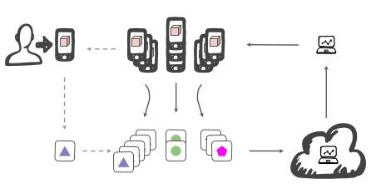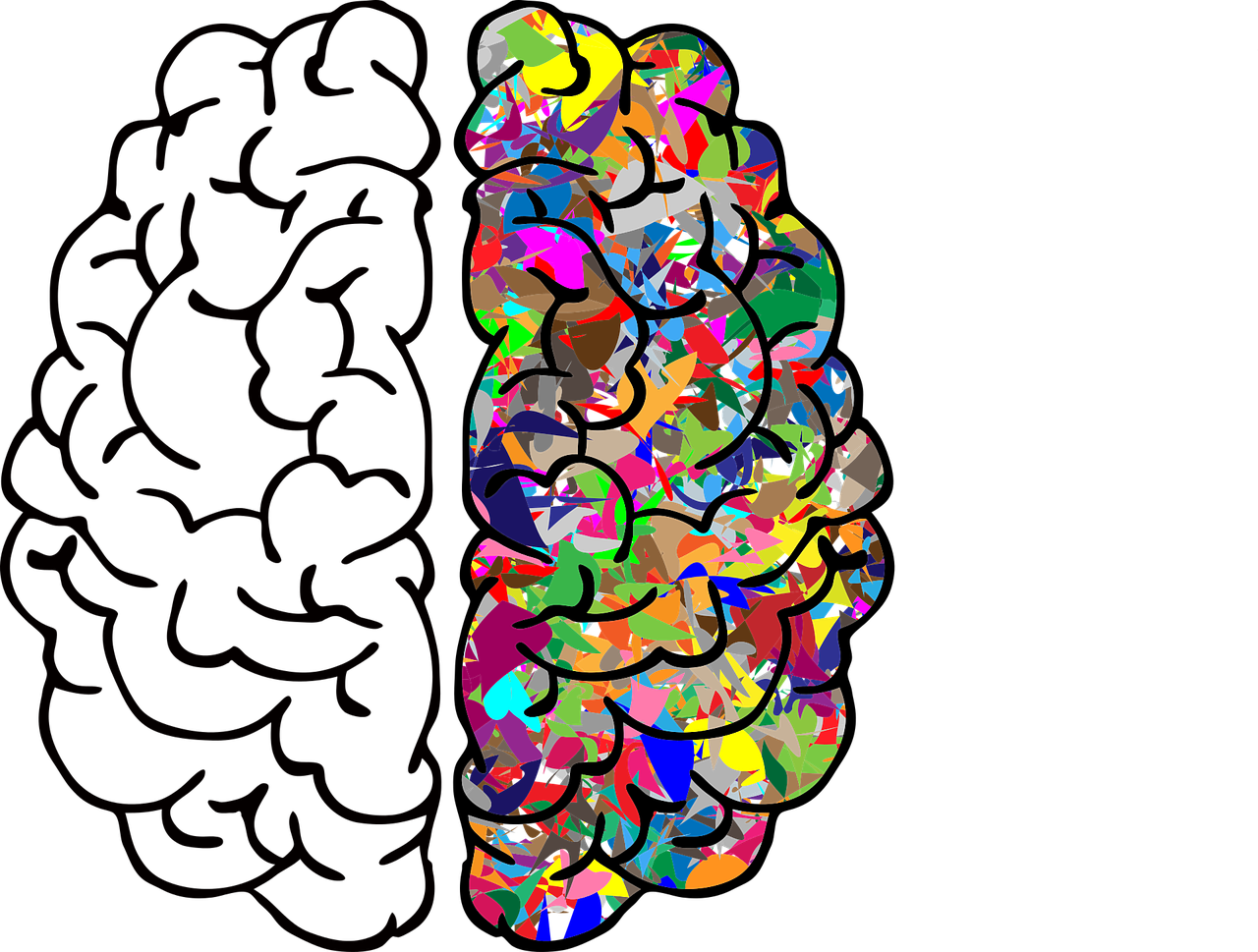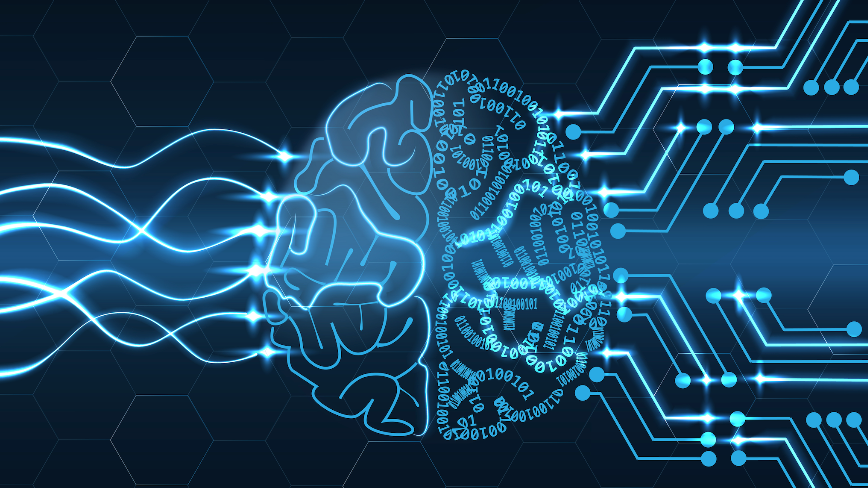Artificial intelligence powered
intracranial hemorrhage
detection
Intracranial hemorrhage detection using neural network based methods
abstract
Intracranial hemorrhage, bleeding that occurs inside the cranium, is a serious health problem requiring
rapid and often intensive medical treatment. Such a condition is traditionally diagnosed by highly
trained specialists analyzing a Computed tomography (CT) scan of the patient and identifying the
location and type of hemorrhage if one exists. When a patient shows acute neurological symptoms such
as severe headache or loss of consciousness, highly trained specialists review medical images of the
patient’s cranium to look for the presence, location and type of hemorrhage. The process is complicated
and often time consuming as these scans are essentially a combination of multiple X-Ray scans
processed by a computer. To reduce delays which lead to deaths we propose a solution to this problem
based on a Machine Vision based approach to automate the detection of intracranial hemorrhaging. We
employ a modified version of ResNet 34 trained on a dataset provided by Radiological Society of North
America. These convolutional networks are then stacked using a sequence model (such as a recurrent
neural network) to preserve temporal information. The system can detect acute intracranial hemorrhage
and its subtypes with inference times less than 1 second and accuracy greater than 85%. We aim to
provide automated, faster and more accurate diagnosis using computer vision and deep residual learning
frameworks for image recognition and classification
read more
Problem Statement
fast accurate inference
The bottleneck , caused by human limitations is lessened by adding the deep learning model.
The time spent by the specialist is reduced due to the information provided by the model.
Summary reports can be shared digitally for verification as well in extreme cases
The raw data never leaves the institutions, which not only
adds privacy and reinforce patient confidentiality but also
prevents large data transfers on the network.
privacy
INTRACRANIAL HEMORRHAGE DETECTION
the model
Our work here aims to reduce the computational
load of the model via pruning and repurposing the architecture
to create a more practical model for inference at even remote
locations with limited computation power.
We employ a modified version of DenseNet121 trained
on a dataset provided by the Radiological Society of North
America. These convolutional networks are then stacked using
a sequence model (such as a recurrent neural network) With
GRUs to preserve temporal information. The system can
detect acute intracranial hemorrhage and its subtypes with
accuracy greater than 92%. We aim to provide automated,
faster, and more accurate diagnoses using computer vision
and deep learning frameworks for image recognition and
classification.
learn more
MRI -> INFERENCE
Our AI-powered model can be integrated with hospital networks to provide lightening fast inferences to save lives
edge computing
Our work here aims to reduce the computational
load of the model via pruning and repurposing the architecture
to create a more practical model for inference at even remote
locations with limited computation power.
Federated Learning
The raw data never leaves the institutions, which not only
adds privacy and reinforce patient confidentiality but also
prevents large data transfers on the network
Challenges
The data from the hospitals can be extremely skewed,
depending on the specialty of the doctors in question.
This works in our favor as it allows us to take advantage
of the federated passes and better personal inference
scenarios.
Read More



